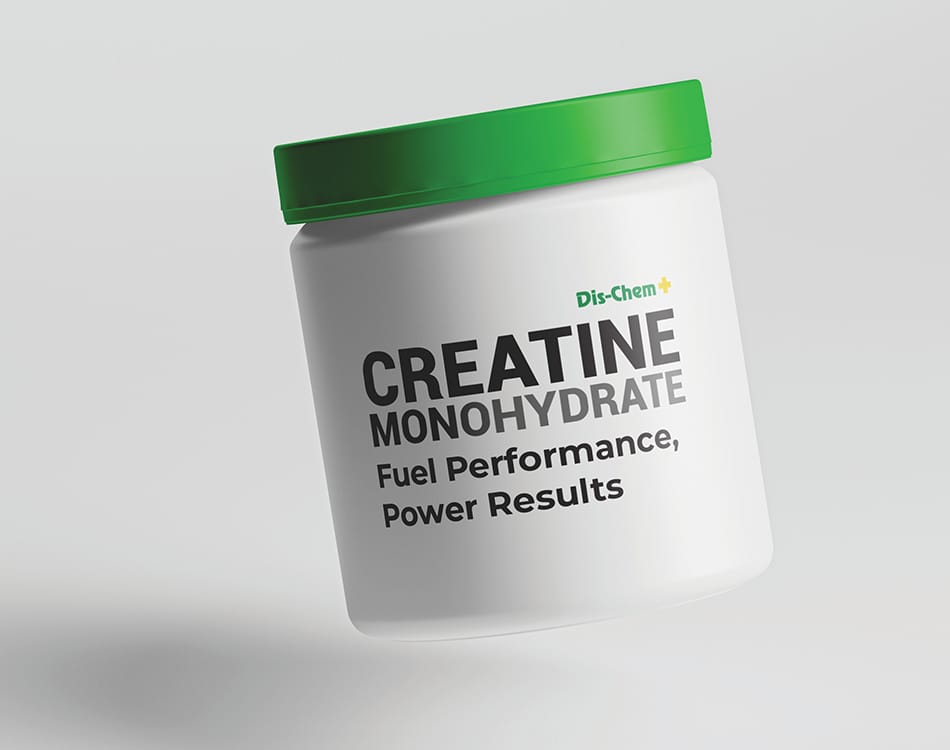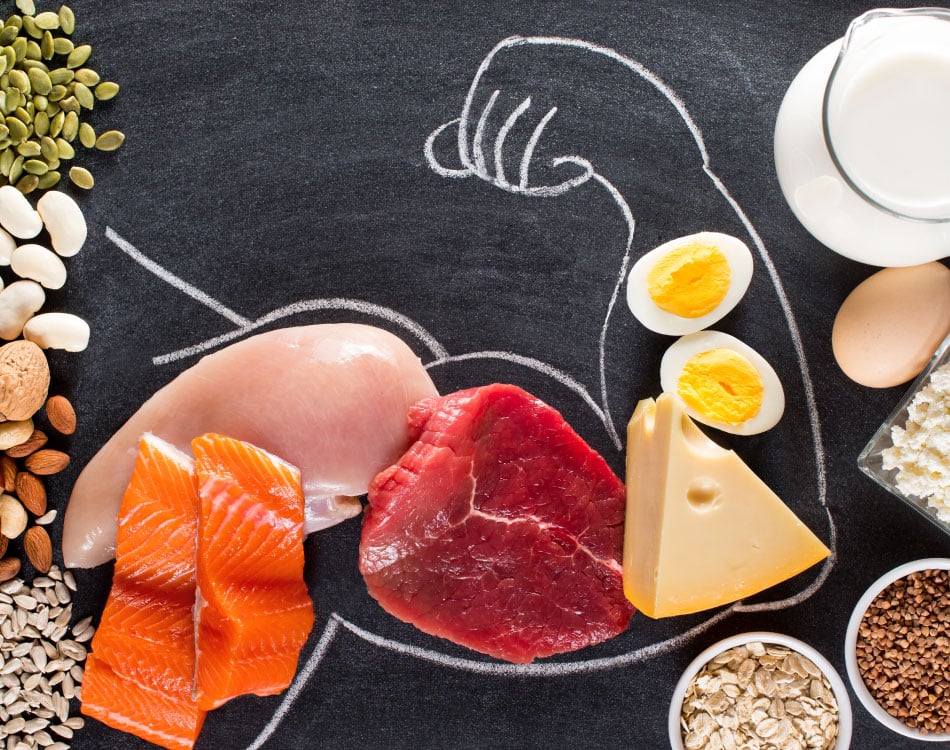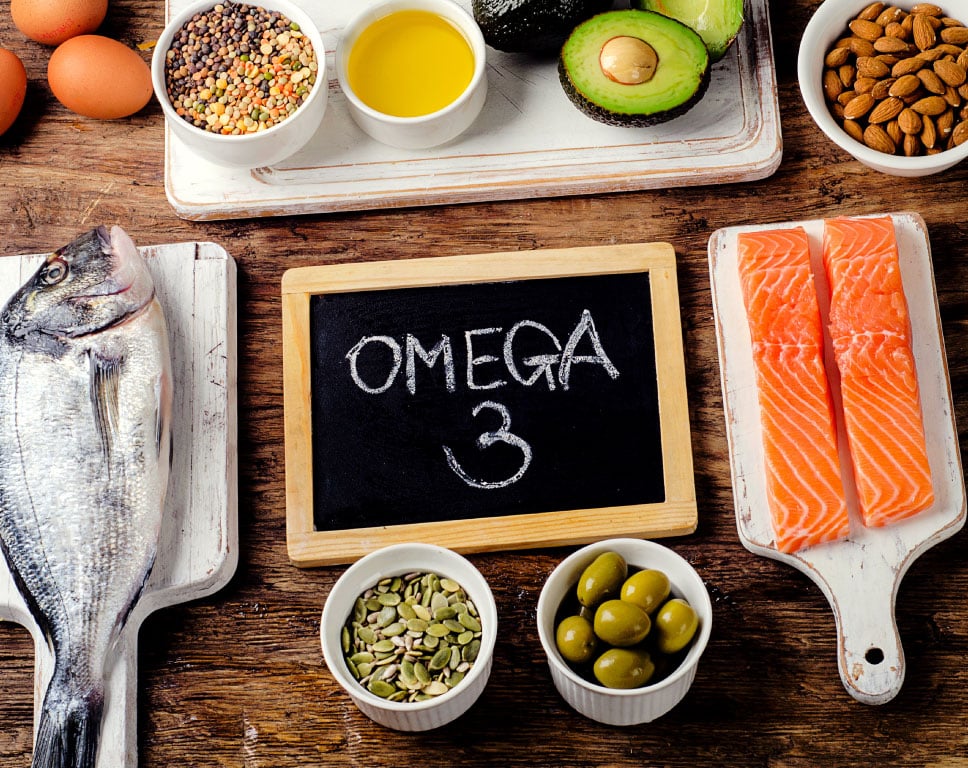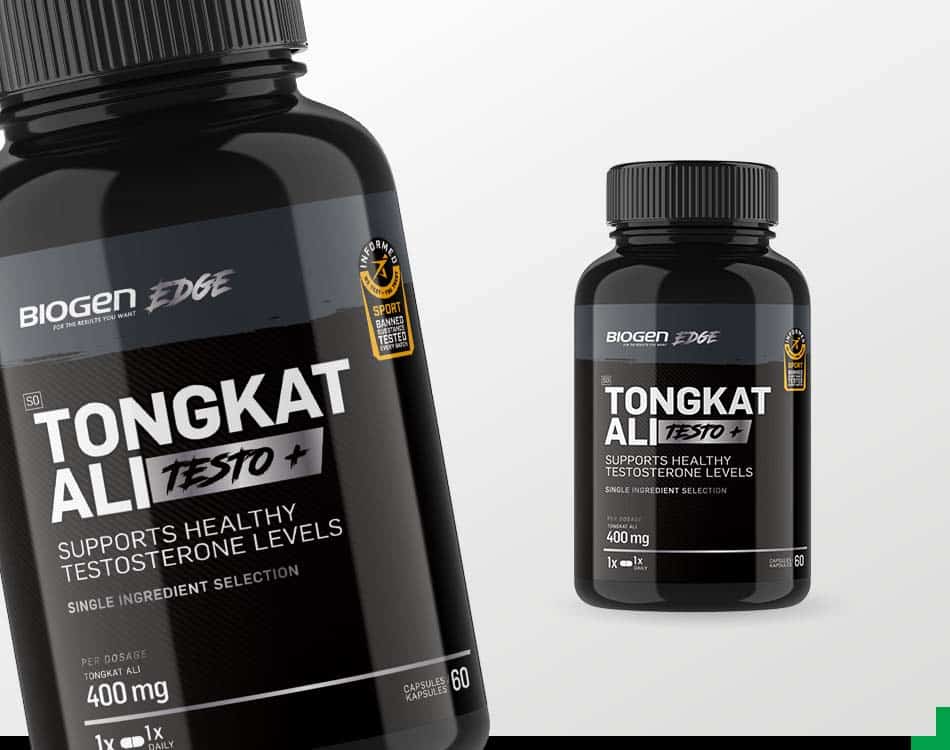Most of our body transformation efforts are disproportionately focused on changing our outward appearance.
This means we try to reduce the body fat stored under our skin (subcutaneous fat) and increase our lean muscle mass. That combination delivers the sought-after toned physiques to which we aspire.
The truth lies beneath
However, creating a thinner waist – essential for a sexy hourglass figure or that sought-after X-frame physique – is about more than merely reducing your subcutaneous body fat.
There is a lot more going on around our midsection, particularly if you’re overweight or obese. And it’s about more than just looks. A bulging belly is also highly detrimental to our health.
The real problem is more than skin deep, so to speak, as visceral fat – also known as organ fat or intra-abdominal fat – can envelop major organs in the abdominal cavity, including the stomach, liver, intestines and kidneys.
This can create imbalances in our normal endocrine (hormonal) system function and can actually hamper our weight-loss and fat-loss efforts.
This organ fat is also a major contributor to the many lifestyle diseases that plague modern society such as metabolic syndrome, insulin resistance, type-2 diabetes and cardiovascular disease.
Learn more about the unseen danger of visceral body fat.
However, there are many factors that conspire against our ability to easily reduce this form of fat, particularly modern-day diets that are full of sugar and processed carbohydrates, and our stressful and largely sedentary lifestyles.
To help you win the war on your waistline, here are 5 tips to a slimmer midsection.
#1: Focus on food first
The main way to reduce body fat around your waist, in all its forms, is to eat a balanced, calorie-controlled diet.
This diet should eliminate or at least limit sugar and processed carbohydrates and should include adequate protein, fibre and healthy fats. Studies have also shown that monounsaturated fatty acids help to reduce both subcutaneous and visceral fat.
The key is to find the right macronutrient balance for your genetics, body type and activity levels. Some form of carb manipulation can also effectively reduce body fat stored around the waist, be it a low-carb, high-fat (LCHF) diet or another approach like carb cycling.
Aim to consume a variety of colourful, fresh vegetables, particularly leafy greens, some fruits, preferably those with the least fructose, lean meats and sufficient healthy fats to support your body’s important biological functions.
#2: Manage your hormones
Insulin and cortisol are two important hormones that are closely linked to how much fat we store around our waists. It, therefore, pays to understand the role these hormones play in the process and work to manage the effects through healthy eating and regular exercise.
Insulin, released in response to increased glucose in the bloodstream, is a powerful fat-storing hormone. When we eat carbs and sugar in excess and/or at every meal we spike insulin levels, which works to remove glucose from the blood by either drawing it into muscle cells or the liver where it is stored as glycogen or into fat cells.
The more glucose we ‘dump’ into our bodies the more gets stored as fat when other glycogen stores are full.
Over time, the liver accumulates fatty deposits from all the storage that is happening, and our cells become less responsive to the constant surge of insulin to which we subject them.
This is when insulin becomes less effective at removing glucose from the bloodstream, which could eventually lead to insulin resistance and, if left unchecked, type-2 diabetes. This is a major contributor to the bulging midsections that so many suffer from today.
The best way to manage this is to improve your insulin response by reducing or eliminating sugar and simple refined carbs from your diet (they create the biggest insulin spike) and manipulating your carb intake, eating most if not all your daily servings around or after your workouts. This will also help you become more efficient at metabolising stored fat for energy.
Cortisol is another hormone that, when produced in excess, can add centimetres to your waist. It’s released in response to stress and floods the body with glucose as part of our flight-or-fright response.
When this energy isn’t used it can be stored as fat via the insulin response already mentioned, particularly when additional carbs (glucose) are supplied from a poor diet. So, while cortisol is an important hormone required to metabolise fat, it can also promote fat storage, particularly around your waist.
It is therefore essential that you manage cortisol by reducing daily stress levels and avoid the impulse to train excessively without adequate time for rest and recovery, which is not uncommon among those of us who are desperately trying to lose weight.
#3: Exercise correctly
Cardiovascular activities like running, biking or rowing are often touted as the most effective way to reduce visceral fat more. This can certainly be the case if this type of exercise is done in a glycogen-depleted state (as described in points 1 and 2) as this forces the body to tap into stored fat for energy, which makes you more efficient at burning fat for fuel.
However, if you lack the time to go on long training runs or rides then high-intensity interval training (HIIT) workouts – cardio and weights – is also a great way to blast calories and burn fat, particularly as it raises your metabolic rate for extended periods of time following intense sessions. It also releases hormones that aid muscle building and fat loss.
A study published in 2013 in the International Journal of Cardiology set out to determine the exercise modalities that best limit cardiovascular risk resulting from visceral obesity in individuals with metabolic syndrome.
According to the results, researchers found that high-intensity resistance training “induced a faster visceral fat loss, and thus the potential of resistance training should not be undervalued”.
#4: Get sufficient sleep
A 2010 study from the Wake Forest University School of Medicine showed that insufficient sleep (five hours or less a night) or too much sleep (eight hours or more) were linked to increases in visceral fat. It, therefore, pays to implement and maintain healthy sleeping habits.
#5: Supplement your approach
Once you have the right approach to eating and training, the right supplements can help to reduce the fat around your waist at a faster rate.
The ideal approach is to use a body toner, such as conjugated linoleic acid (CLA) throughout the year, in addition to beneficial products like L-carnitine, which boosts the efficiency with which your body can metabolise stored fat.
Combine this with 6-8 week cycles of a thermogenic fat burner, which will help to boost your metabolism throughout the day, even while at rest, ensuring your burn more fat-derived calories.




















